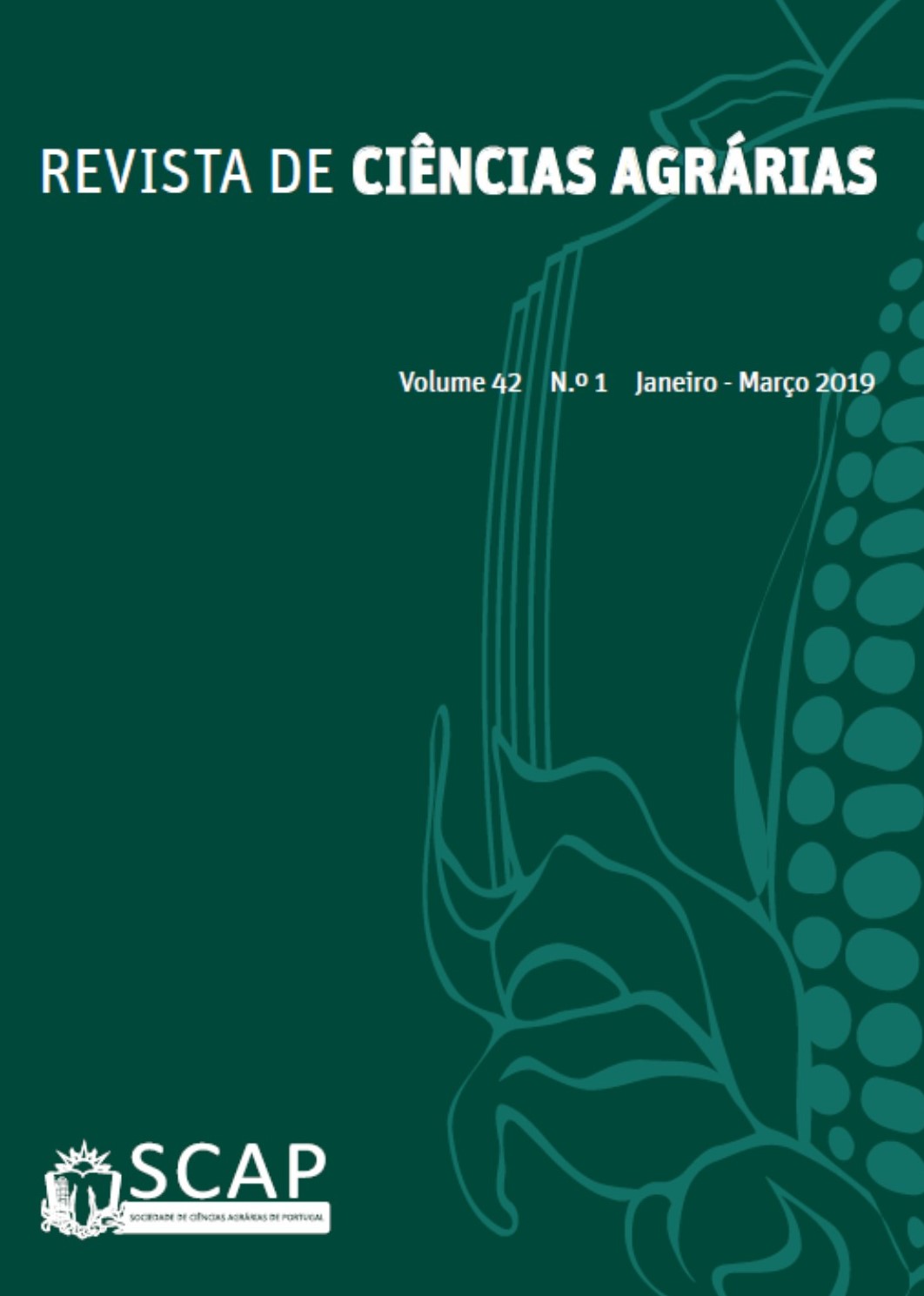Trial on soil bioactivity under no-tillage in succession or rotation of winter and summer crops
DOI:
https://doi.org/10.19084/RCA17068Abstract
The adoption of conservation practices affect the physical, chemical and biological properties of the soil, altering the composition of the microbial community. The objective of this research was to obtain information about the soil quality, diversity and biological activity, of the soil when submitted to two types of soil management (scarified (PDE) and no-scarified tillage (PDNE)) and three types of cover management (Succession: soybean-wheat, Rotation I: Soybeanturnip+ wheat/soybean-oats+vetch and Rotation II: soybean-oats+vetch+turnip/corn-crotalaria juncea-wheat/soybeans). The microbial biomass, enzymatic activity, basal respiration rate and soil genetic diversity were analyzed during the
summer (february/2016) and winter (september/2016) periods. The carbon and nitrogen of the microbial biomass were higher in treatments under PDNE. All enzymes showed an increase in the activity during the summer period. For the basal respiration of the microorganisms, the smallest accumulated CO2 rate was in the summer period under PDNE. The RAPD technique proved to be efficient in the detection of genetic variability, combining treatments in four groups. We concluded that PDNE associated with crop rotation contributes to increase the levels of microbial biomass and soil enzymatic activity. In addition, the RAPD technique associated with other bioindicators become important tools for
the monitoring and evaluation of soil quality.


